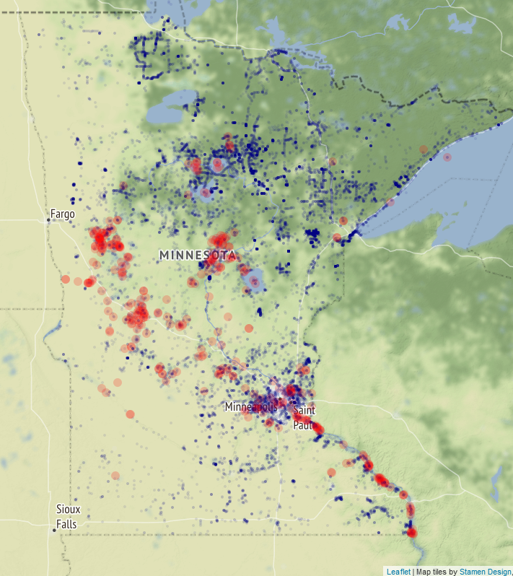Combining dynamical population ecology models with policy scenarios is an
important approach in both population biology and bioeconomics.
At its best, this approach may provide predictive understanding of future behavior.
But in complex socio-environmental systems (SES),
applying such theory requires large amounts of data and system understanding.
Reduced-complexity representations, like networks, provide promise but are not
yet linked to dynamic theory.
I am Co-leading a SESYNC working group focused on addressing this gap.
Combining dynamical population ecology models with policy scenarios is an important approach in both population biology and bioeconomics. At its best, this approach may provide predictive understanding of future behavior, even in complex socio-environmental systems (SES). However, applying such theory requires large amounts of data and system understanding.
- Co-leading a SESYNC working group on “Socio-Environmental Networks to Improve the Management of Socio-Environmental Systems”
- Involvement in Ecological Forecasting Initiative (EFI) Decisions and Theory working groups.
